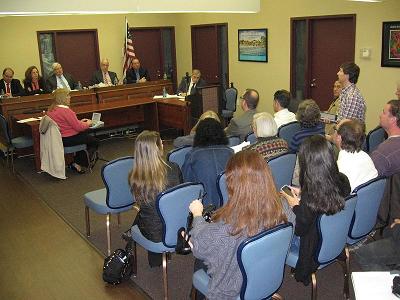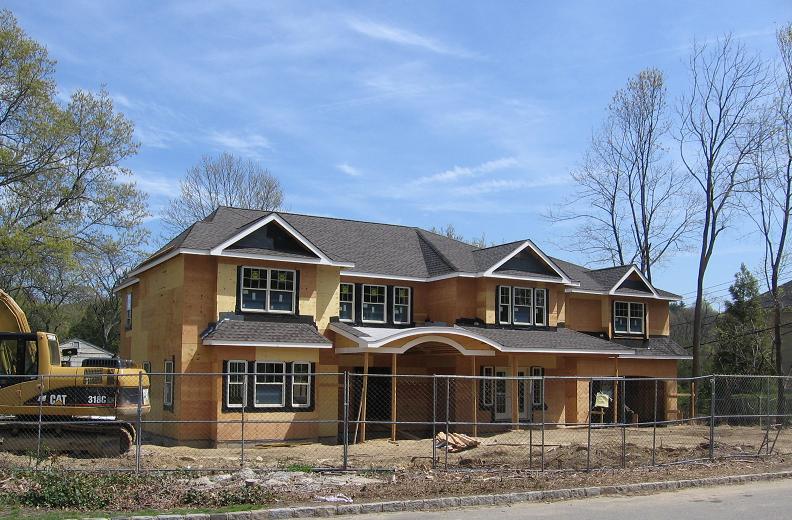|
East Hills NY is an affluent "village" of about 7,000 residents on Long Island about 40 miles from Manhattan. Almost all of its
residents are white, live in homes valued well over $250,000, and drive imported autos and SUVs costing well over $30,000. Its government led the
acquisition of a 30 acre former military base and constructed a residents-only country-club like park paid for by residents' taxes. As a result school,
county and local taxes typically exceed $15,000 a year or far more. (All numerical and dollar figures above are ballpark, and meant to be conservative.)
Despite its financial wealth the area overall is environmentally poor. Air and noise pollution are better than many suburban LI communities, but are inescapable due to concentrated development and excessive vehicular traffic throughout the area. Local mass transit is minimal. Few sidewalks exist. Almost no amenities are accessible without driving or braving highway-like thoroughfares not designed for pedestrians or bicycles. Roadways are noisy, congested, and un-civil. Pristine open space is almost non-existent, although nearby communities do have old-money estates and woods. The costly village park was widely paved over or "developed" for formal recreation and parking. Noisy, messy, and disruptive residential construction activity is frequent. Even minor projects can go on for months under lax village rules. A house reconstruction can drag on well over a year, rendering small of neighborhoods alien eyesores. Houses are levelled and re-constructed at large increases in size, bulk, and visual-prominence as long-time owners sell. Towering old trees are often all but eliminated from re-construction sites despite supposed tree-protection laws. Village laws fail to protect neighbors from severely squeezed buffers like backyards or greenery as larger buildings press toward their properties. This problem is common throughout the general vicinity, particularly in un-incorporated (non-municipal) areas of our town, the Town of North Hempstead. There is a culture of lavishness due to high disposable income from jobs in the professions -- often law, medicine, and finance - around New York City. However this is not an elite suburb like Greenwich or Princeton or even Great Neck, and lacks any Blue-Blood or Ivy League type cachet. In fact it shares more of a sharp-elbowed ethos with more working-class areas in New York City and Suffolk County. Probably as a partial result of its socio-economic duality, government is deeply flawed. The governmental institutions tend to be cliquey, relatively crude in procedural niceties, insular and sloppily informal, and deeply flawed in both accountability and action. Lacking a full-time municipal manager or administrator, oversight and administraive power resides in a mayor. But his lack of consistent presence leaves narrowly trained line supervisors in charge of day-to-day functions.Note that the designations of areas as "towns" or "vllages" in a blanket-developed area like Nassau County, Long Island, bear little
resemblance to the original concepts of these governmental subdivisions. The boundaries of these areas are indistinguishable by geographic features although
socio-economic differences may point to poorer or wealthier dividing lines. As government reformers point out the proliferation of municipalities is often a
source of jobs and inefficiency, not local-control of government. Crony politics, crony government, and very kid-gloves treatment and attention by local
media -- if at all -- makes these "town" and "village" governments basically self-governing. As we discovered in attempting to fight the expansion
of a local firehouse -- see the links -- the lack of scrutiny and participation of residents leads to very flawed processes and policies. We tapped a large
root of shock and concern about the multi-million dollar demolition and reconstruction approved for a local firehouse with hardly any warning, and the
neglect of any attention to its environmental impacts on the neighborhood surrounding it or alternatives available. But we found the strength of suburban
political will lacking, when all the levers of the government and media were used to defend the "establishment" and uniformed-volunteer
steamroller. (We only became aware of the issue accidentally, on the night a Zoning Board voted to approve the project, and were reduced to fighting it after a variance was already granted. Instead of working on the issue as a debatable proposal before teh fact, we were reduced to trying to sell the use of a lawsuit as the way to overturn it!) Despite the frustration and long odds, as a responsible citizen many issues remain that need to be fought, particularly traffic, over-development, loss of greenery, and lack of governmental openness and accountability. We will try to provide an impetus for some of those issues on the local level. If YOU wish to help write us at easthillsenvironment@googlegroups.com.
|



